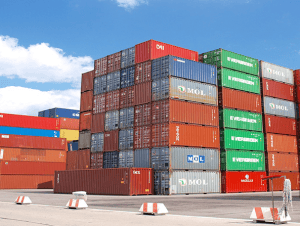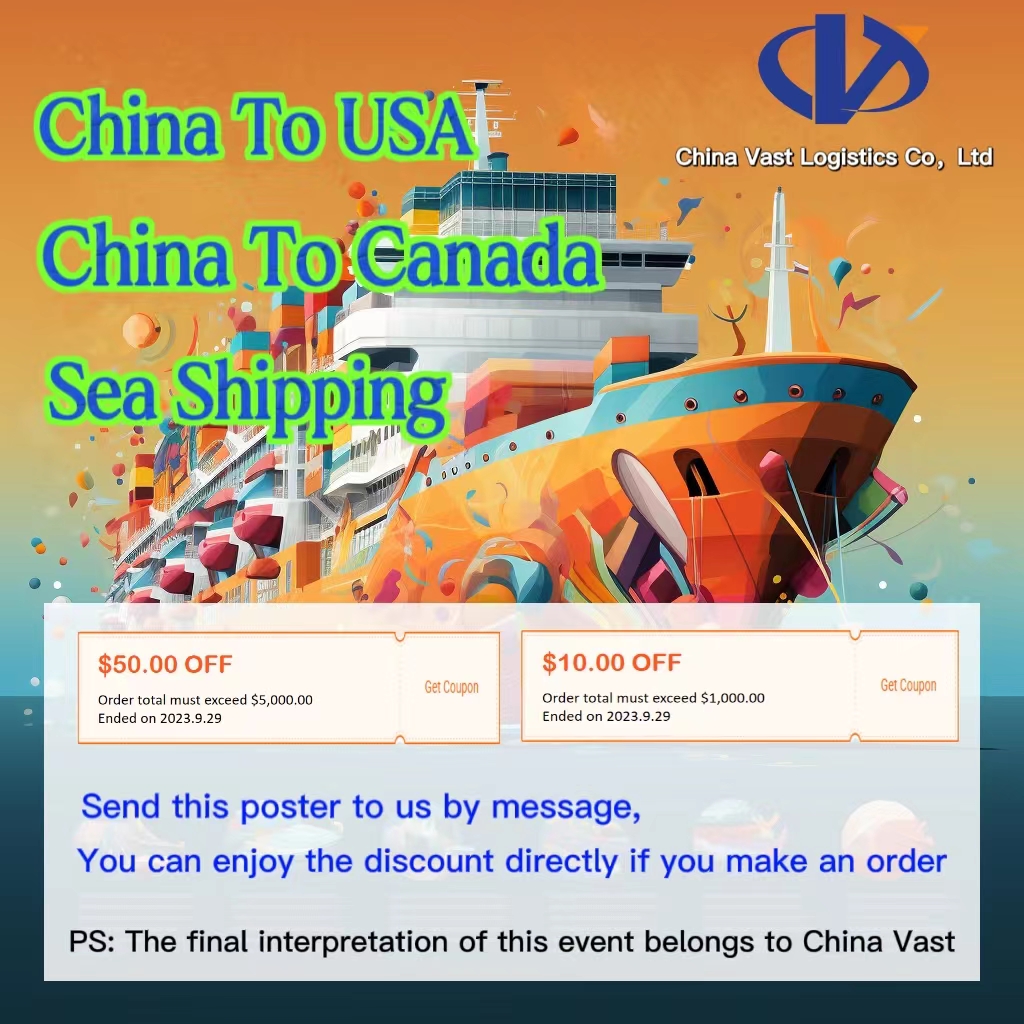When it comes to containerized shipping, understanding the various types of containers is crucial for selecting the right option for your cargo. Containers can be categorized based on their usage, primary materials, and structural design. Let’s explore these classifications in detail.

1. Classification by Usage
(1) Dry Cargo Container
Also known as general-purpose containers, these are the most commonly used containers designed for carrying general cargo. They are suitable for transporting goods other than liquids, temperature-sensitive cargo, or specialized items. Typically available in 20ft and 40ft sizes, dry cargo containers are fully enclosed, with doors usually located at one end or on the side for easy loading and unloading.
(2) Open Top Container
Open top containers are designed without a rigid roof. Instead, they feature removable roof bows covered with tarpaulins made from canvas, plastic, or coated fabric. These containers are ideal for transporting tall, oversized cargo or heavy goods that require crane lifting from above.
(3) Platform-Based Container
Platform containers come without a roof or side walls and, in some cases, without end walls, consisting mainly of a reinforced floor and corner posts. Variants include skeletal platforms, platforms with fixed end walls, or simple platforms with no ends. They are perfect for heavy, oversized, or irregularly shaped cargo that does not require water-tightness. The thick, reinforced floor and securing points make them highly durable for heavy-duty loads.
(4) Ventilated Container
Equipped with ventilation openings on the side or end walls, ventilated containers are suitable for cargo that needs airflow but does not require refrigeration, such as fruits and vegetables. By sealing the vents, they can also serve as standard dry cargo containers.
(5) Reefer Container
Designed for temperature-sensitive cargo, reefer containers maintain a specific temperature for goods like meat and fresh produce. They come in two types: integrated units with built-in refrigeration systems and units designed for external cooling. These containers are more expensive and require careful monitoring of the cooling system during transit.
(6) Bulk Container
Bulk containers are equipped with loading hatches on the roof, in addition to regular container doors. They are perfect for transporting powders or granulated materials. Smooth interior surfaces ensure easy unloading through the doors, while cleanliness must be maintained to avoid contamination.
(7) Pen Container
Specifically designed for transporting livestock, pen containers feature metal mesh walls for optimal ventilation, cleaning hatches, drainage systems, and feeding devices to ensure animal welfare during transport.
(8) Tank Container
Tank containers are designed for transporting liquid cargo, such as wine, oil, or chemicals. They consist of a tank mounted within a rigid frame, with loading and unloading performed via top hatches or discharge valves.
(9) Car Container
Purpose-built for transporting small vehicles, car containers feature only a base and frame without side walls, allowing for single or double-deck loading of cars.
2. Classification by Material
(1) Steel Container
Constructed entirely from steel, these containers offer high strength, durability, excellent weldability, and water-tightness at a low cost. However, they tend to be heavy and susceptible to corrosion.
(2) Aluminum Container
Aluminum containers can be either steel-framed with aluminum panels or almost entirely aluminum, except for steel frames at the ends. Their main advantages include light weight, corrosion resistance, aesthetic appeal, and flexibility. However, they are more expensive and can be easily damaged by impact.
(3) Stainless Steel Container
Mostly used for tank containers, stainless steel containers are strong, rust-resistant, and highly corrosion-resistant, although they come with a high manufacturing cost.
(4) Fiberglass Reinforced Plastic (FRP) Container
These containers are built with fiberglass-reinforced panels mounted on a steel frame. Their key advantages include excellent insulation, corrosion and chemical resistance, high strength, ease of cleaning, and a spacious interior. However, they are heavier and more costly to produce.
3. Classification by Structure
(1) Interior Post and Exterior Post Container
Mainly referring to aluminum containers, this classification depends on the position of the vertical posts. In interior post containers, the side or end posts are located inside the container walls, while in exterior post containers, these posts are situated outside the walls.
(2) Collapsible Container
Designed for space-saving storage and transport when empty, collapsible containers allow the main components — such as walls and roof — to be folded or disassembled for easy reassembly later.
(3) Monocoque Container
These containers feature a shell-like structure where all components form a single rigid body. They are lightweight and flexible, capable of withstanding torsional forces without permanent deformation.

